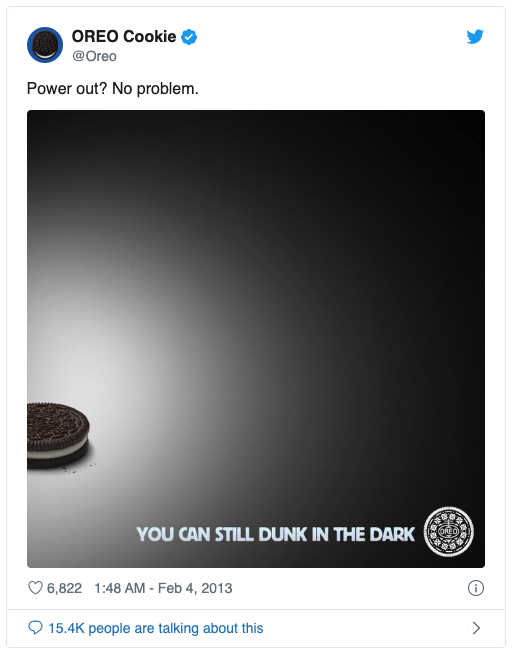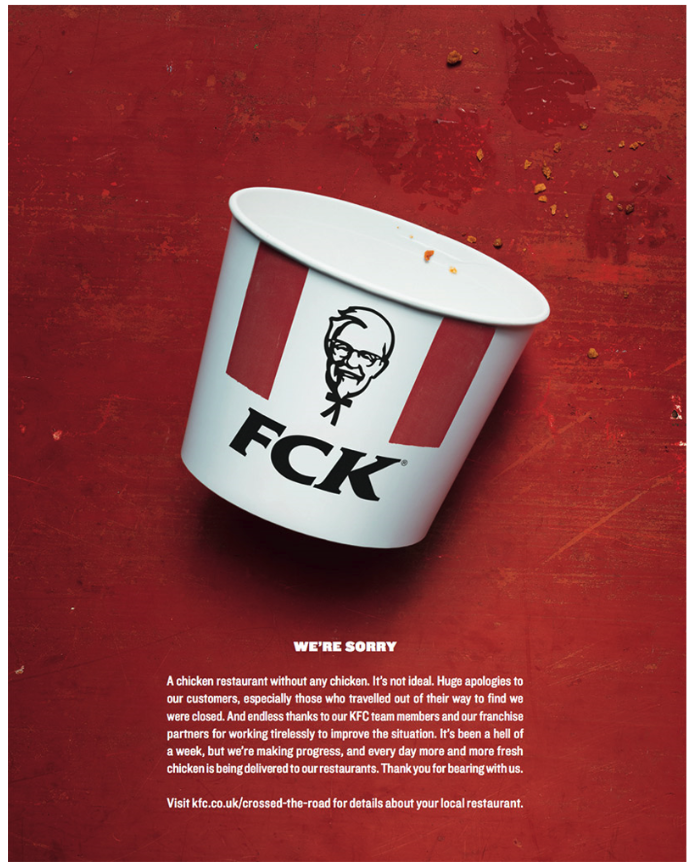However, just as important is the context with which they will see the message.

Circumstances
Context are the circumstances surrounding a message. These might include the setting, the value positions of the people and the appropriateness of a message. This means you not only have to consider your audience, but also the forum where you are communicating and the accepted norms.
You may have the most amazing creative but without context your campaign is likely to fail. Contextual marketing enhances the overall customer experience by providing relevance to the messages people are seeing.
In order to deliver the right context to your marketing you need to fully understand the buyer personas of your target market so you know how to speak to them in terms of voice, tone and what content will resonate.
Context can be physical, the tangible environment or even the physical area where the message is communicated. It is also cultural and psychological.
Personalisation
Marketing and advertising campaigns should try to make users feel like what they are seeing is uniquely built for their current situation. Oreo cookies famously launched a social campaign in the middle of the Super Bowl in 2013.
During the game there was a power cut which halted proceedings for 30 minutes. During this time Oreo launched a campaign on social which quickly went viral all because of the applied context.

You can still dunk in the dark remains one of the biggest social campaigns ever.
What the…?
Another great example where applied context absolutely nailed the marketing message was when KFC found themselves with a serious supply chain issue. In February 2018 a large number of their UK restaurants were left without any chicken for several days.
The news made national headlines, so what did KFC do?
They launched a campaign so simple it was brilliant. They literally re-arranged their name on the side of a KFC bucket and rolled it out across multi-media channels nationwide.

They demonstrated a thorough understanding of their customers by using the right tone, style and approach. This campaign not only engaged consumers but actually increased brand image and positivity. It reinforced existing brand loyalty and managed to get themselves on the radar of new consumers.
Highly individualised, personalised advertising – loved by online advertisers – makes advertising a private, rather than public, experience. With advancements in AdTech the digital landscape allows for plenty of contextual opportunities. And this is where context and creative really work well together and can see direct results.
Retargeting is built around audience context and clever creatives can not only build the brand, but they can also prompt immediate consumer actions.

Apply the right context
Of course, for every success there will invariably be examples where the wrong context has been applied with disastrous results. Hyundai in 2013 wanted to promote a new vehicle with clean emissions technology. They wanted to apply context around a greener motor vehicle for their launch.
Unfortunately, they decided to highlight this by depicting a desperate man taping a hose pipe to the exhaust and attempting to take his own life. Their emissions were so green that his attempt failed.
Rightly so, outrage ensued, particularly when the ad was picked up by advertising blogger Helen Brockwell.
Her father committed suicide in the same fashion when she was 5 years old. Holly was distraught and published her father’s suicide note which went viral within hours.
Hyundai’s ad became the most talked about campaign of the year, but for all of the wrong reasons.
In marketing the primary goal is to send the right message to the right people at the right time. We should never underestimate the power of context as a behaviour driver.
Brands that prioritise context in their marketing and advertising campaigns will have a significant advantage over those who don’t.
